Passenger train services • Regional services / Ticketing
Note: For educational purpose only. This page is meant purely as a documentation tool and has no legal effect. It is not a substitute for the official page of the operating company, manufacturer or official institutions. It cannot be used for staff training, which is the responsibility of approved institutions and companies.
Omnibuses were the first passenger trains in the early days of railroads, even if they were initially still very local, point-to-point transport. Later, successive network extensions in Europe led to the introduction of express or direct trains, which did not stop at all local stations. Passenger transport was thus rapidly split between local trains and express trains. But it was quite naturally the latter that were brought into line, for obvious reasons of prestige: between the Orient-Express and the lousy suburban omnibuses, there was a world, if not a planet.
Omnibuses survived – that’s the best word for it – while Trans-Europ-Express, Intercity and then TGVs were given special attention. In the 1980s-1990s, a major trend began to emerge, with a cascade of local services being withdrawn. The main reasons for this were: sometimes obsolete rolling stock, a product that no longer met the public’s expectations, high household motorization and, above all, the financial drain represented by these trains, which stopped every 5 to 10 kilometers. All this has contributed to the massive use of the car for commuting, which, by its very nature, is a short, constrained trip. The gradual development of an ecological conscience, through a general alert to global warming, has shaken things up and highlighted the limits of the automobile model in urban and suburban environments. This new awareness has put local and regional transport back at the heart of a new mobility, provided that this local railroad is managed differently from the recipes of the past.
Local transport can be broken down into four subsets:

Medium-distance intercity:
• Clock-face timetable ;
• The Belgian, Swiss, Dutch, Danish concept… ;
• Rolling stock
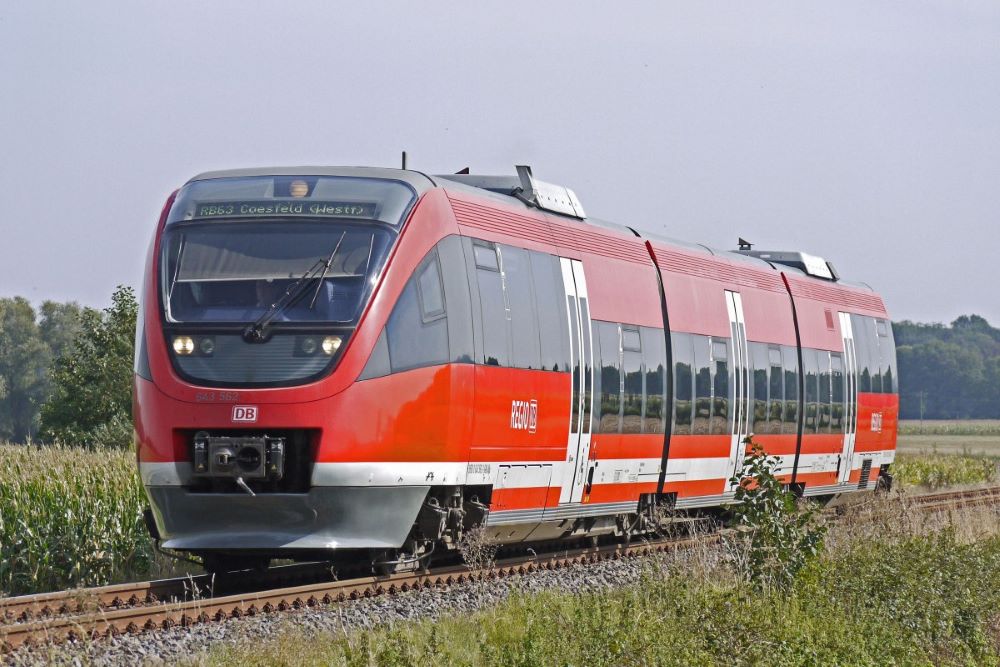
Local / rural services
• Rural services ;
• Rolling stock ;
• Battery trains ;
• Hydrogen trains
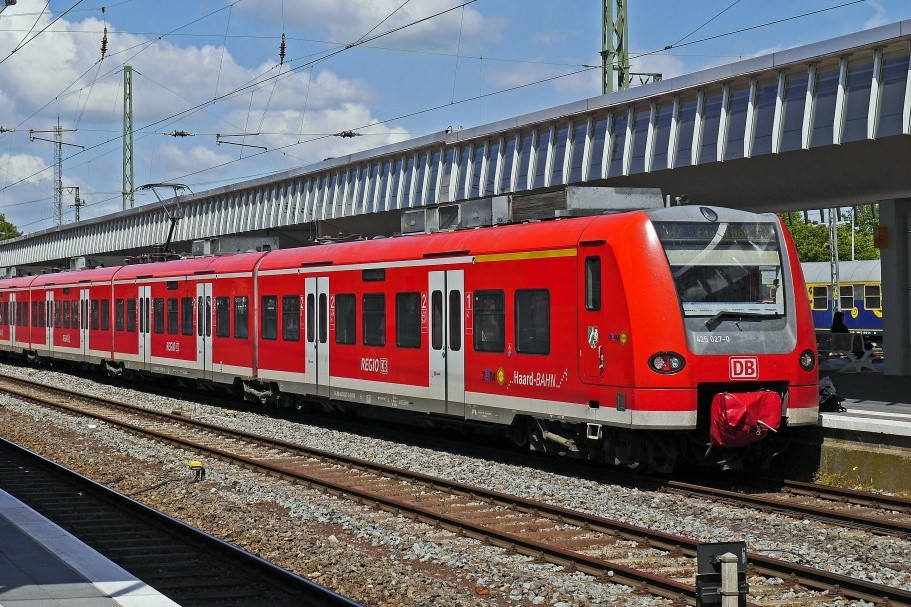
RER, S-Bahn, ‘Commuters’
• RER/S-Bahn principles ;
• S-Bahn in Germany ;
• RER in Paris ;
• SERM in France ;
• London, Manchester ;
• Other forms of commuter services ;
• Rolling stock
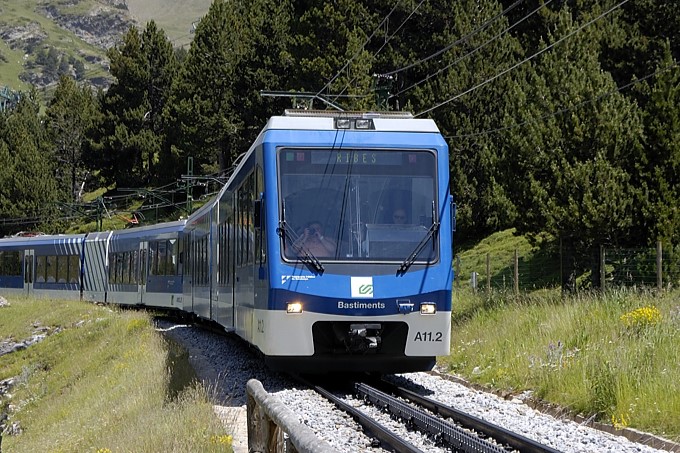
Secondary railroads, tram-train
• Secondary networks ;
• Rolling-stock ;
• Tram-train concept ;
• Rack and pinion railway
The origins of the omnibus…
Prior to the industrial era, the town/country divide was primarily one of agricultural production and the production of ideas. In the space of a century, from 1850 to 1950, the first industrial revolution was accompanied by a multiplication of living space and daily mobility. We moved from compact cities with clear outlines (ramparts, boulevards) to vast agglomerations with blurred contours.
From the outset, a dense rail network criss-crossed towns and countryside, at a time when no one had a choice of modes of transport. Trains were virtually the only way to get from village to village or to the cities. The railroads were nationalized from 1910 to 1940, and became an adjustment variable for public finances.
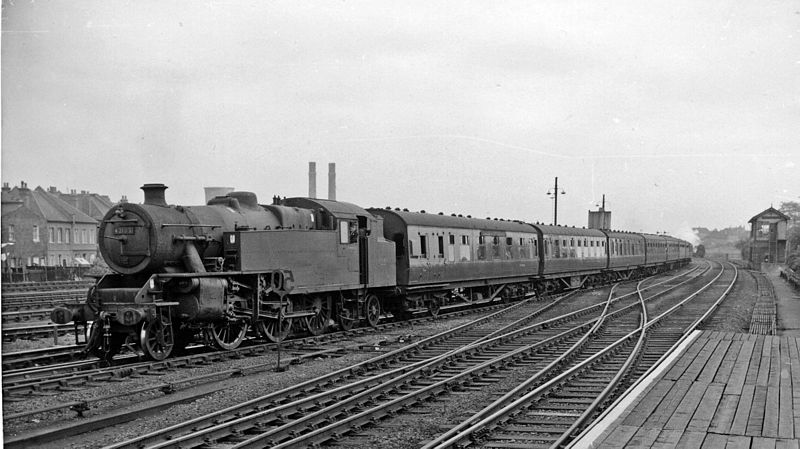
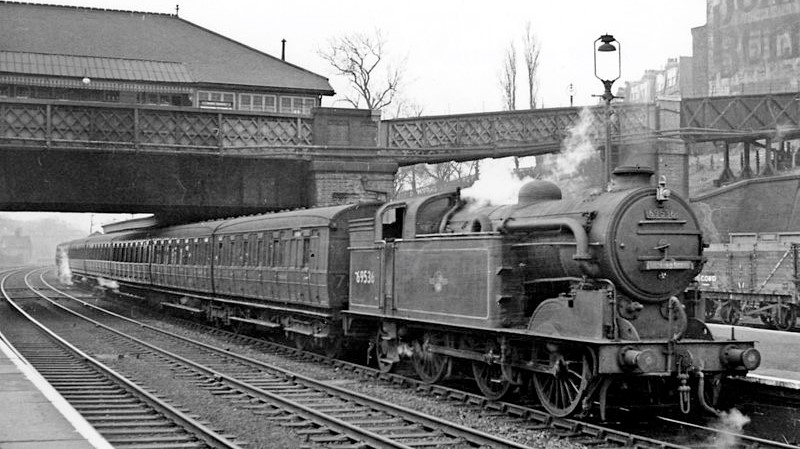
The railroad landscape from the 1920s to the 1950s roughly resembled the illustrations shown here. The damage caused by the Second World War was hastily repaired according to the same plans and criteria of the 1930s, while the automobile society slowly arrived. At the beginning of the 1950s, steam trains still dominated, but more and more diesel engines were used on rural services, which were nevertheless closed one after the other. Hundreds of kilometers of lines were closed, and rail services were gradually transferred to road.
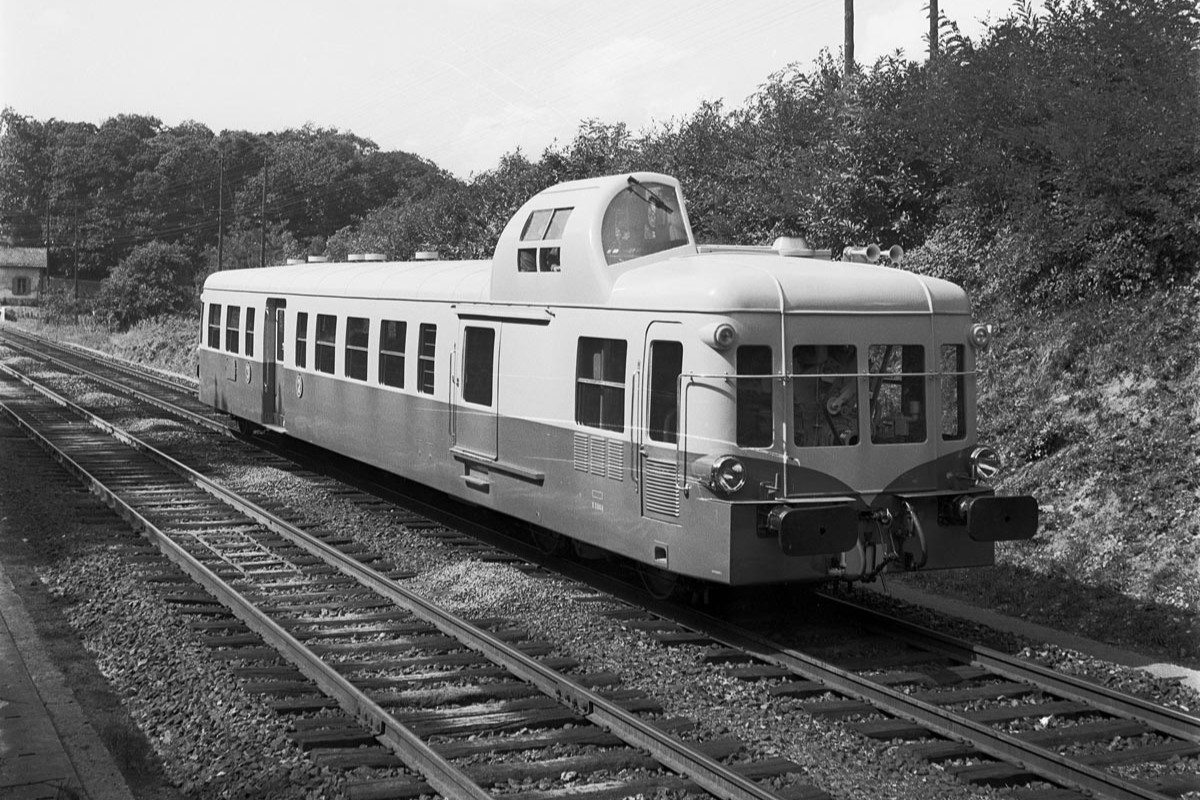
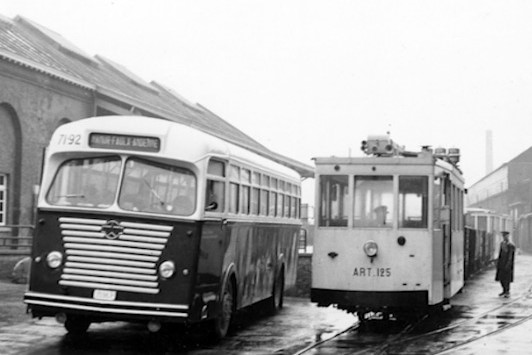
The second industrial revolution: goodbye coal, hello oil
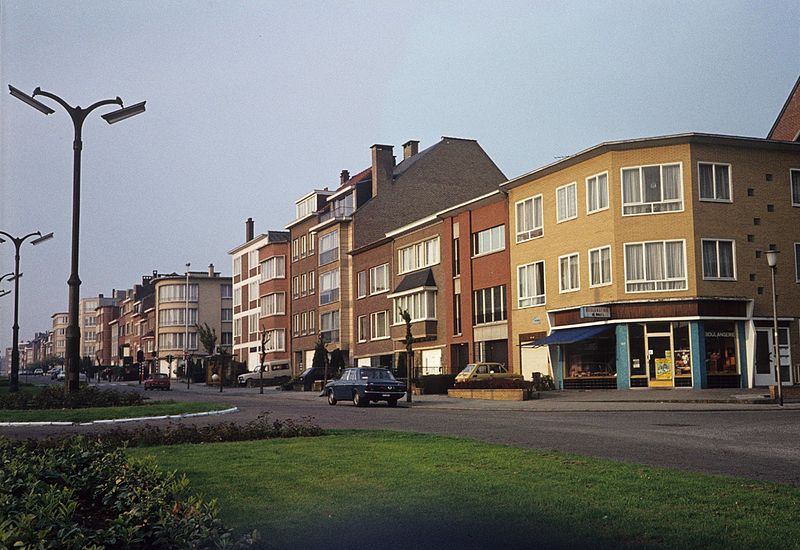
By the 1950s-1960s, steam traction and old-fashioned passenger carriages had not yet been eradicated. But in the meantime, investment in public transport and railroads was dwindling, and the affluent population was beginning to acquire individual mobility. A situation that was to be encountered not only in cities, but also in rural areas.
From the 1960s onwards, with the second industrial revolution, cities spread over vast areas, requiring long journeys. They were equipped with urban freeways and experienced major traffic flows on the primary network. Above all, the 20th century encouraged individual mobility based on car ownership and wide boulevards.
A glimmer of hope appeared, however, around the very largest cities: Berlin and Hamburg already had a local express train called the S-Bahn. The concept was repeated in other major cities, including Munich, Paris, Milan, Vienna and Zurich. London modernized its trains as early as the 1970s, but it’s clear that the public railroads don’t really believe in it:
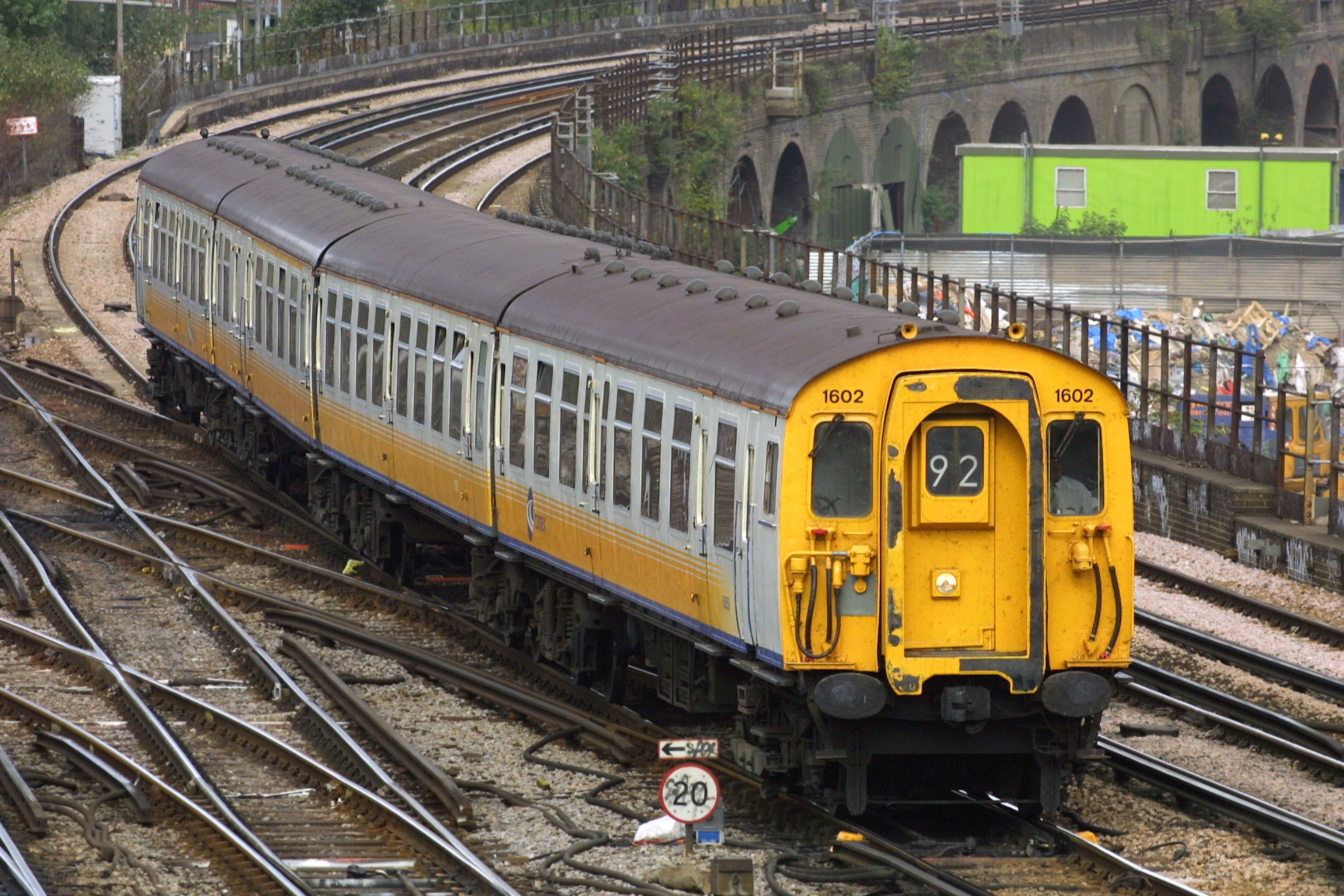
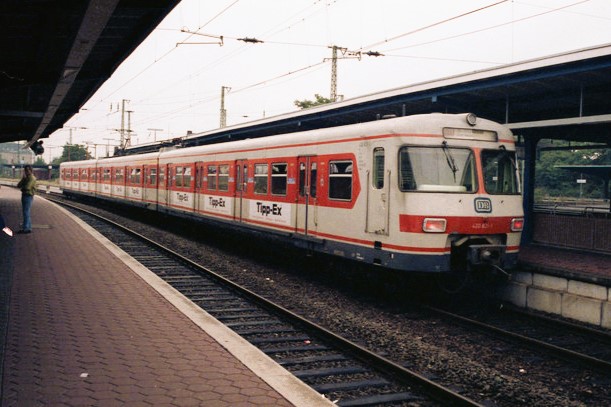
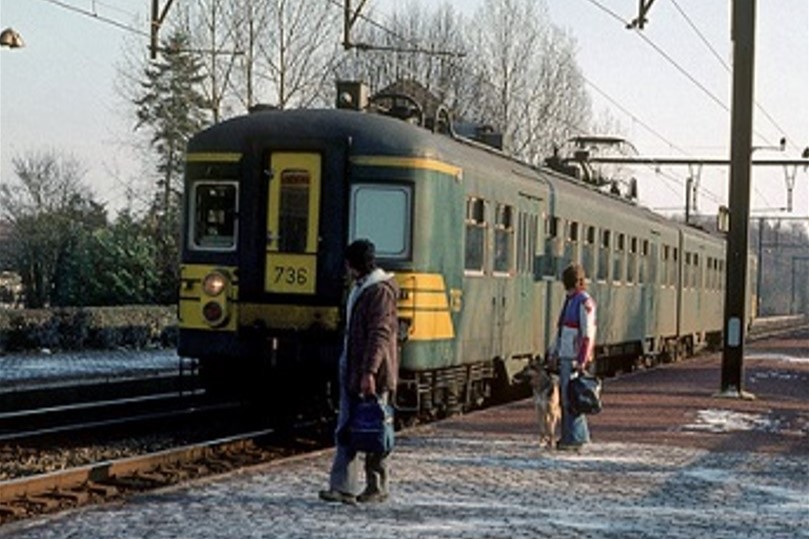
On the other hand, the rare progress made in conurbations is not repeated in rural or suburban areas. Local journeys are mostly made by car, and omnibus trains are more a matter of survival than a well-defined concept. The suburban space is outside the city, but at the same time it is never more than an extension of it. By moving away from urban centers, residents seek to recreate the social and material characteristics of cities in the countryside. The development of these areas, shaped by the car and generally poorly served by unattractive public transport systems, has led to increased use of the car, exacerbating congestion on the access roads to city centers. The result is intense, fossil-fuel-powered, highly polluting traffic over relatively short distances. A revival was needed…
1990-2000: the revival of urban services
In the 1990s, a new awareness began to emerge. It focused on several fronts at once:
• the need to pay attention to scientifically-documented global warming;
• the reappropriation of the city by its inhabitants, who want a pleasant city for leisure and work, and who are increasingly rejecting the car in hypercenters;
• weary suburban commuters, who spend hours every day in congested city traffic.
Unlike in previous decades, pollution and the hours lost in traffic jams are now perfectly calculable: the OECD estimates the financial loss at 1%, or even 2% of GDP. In Belgium, according to the Bureau du Plan (2013), by 2030 growth in personal mobility will have increased by 22% (mainly for leisure), and demand for goods transport could rise by 64%. Similar figures can be found in other countries, with local nuances depending on socio-economic typologies. Action is called for…
S-Bahn & RER
The S-Bahn – a contraction of (Stadt)schnellbahn – is the German term for a train that resembles the metro, but is in fact a railroad whose lines connect the city center with the entire conurbation. Key features include:
• Trains every quarter of an hour or more;
• closely spaced stations (even more so than the metro);
• rolling stock designed for this type of service;
• specific ticketing.
London has had urban railroads since…1863, and the network has grown steadily. Berlin built its network in the 1920s-1930s and has become the benchmark for this type of transport. It’s true that the city is vast and has seen some dark periods in its recent history. Since the fall of the Iron Curtain, the network has been modernized:
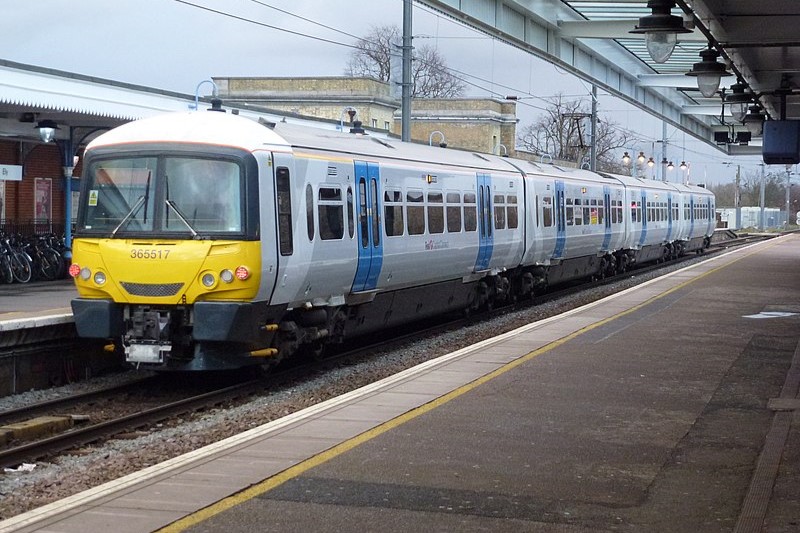
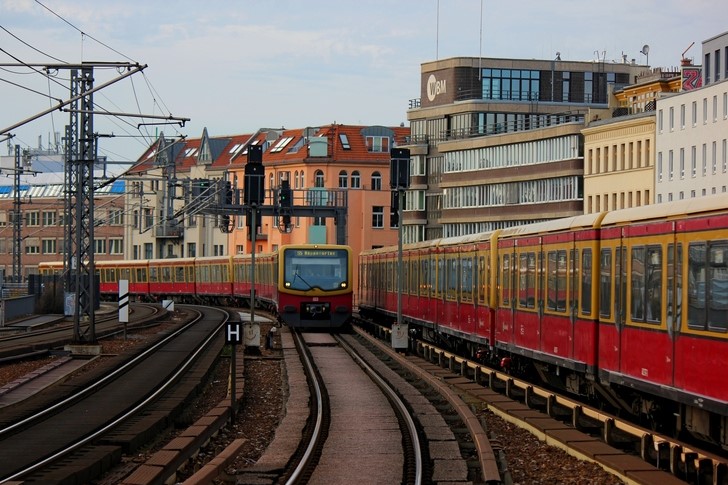
Other cities followed suit. Paris in the early 1960s, Milan, Vienna and Zurich, to name but a few. All these services are characterized by high train frequency, a dedicated track network where necessary, and stations connected to urban public transport:
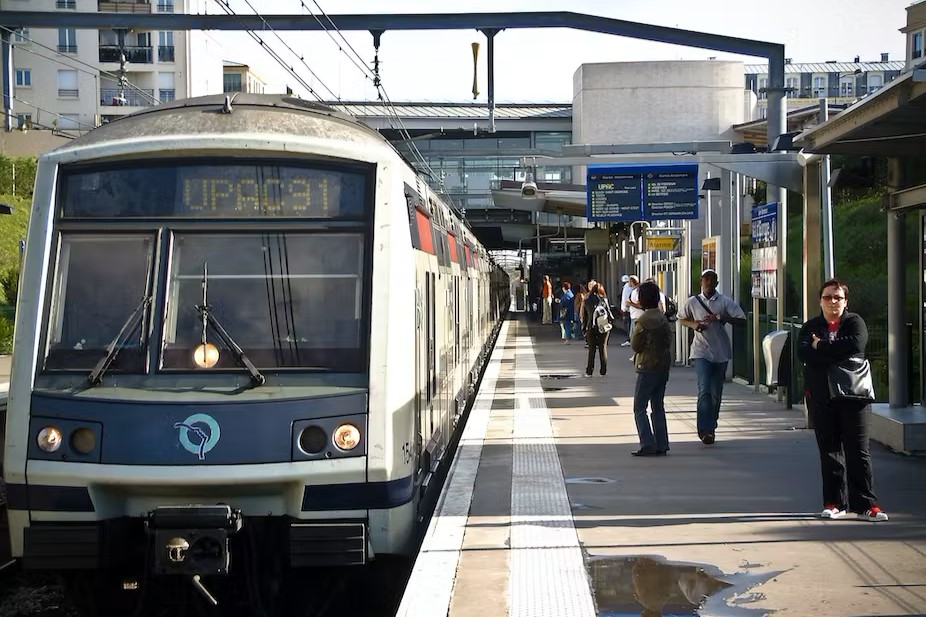
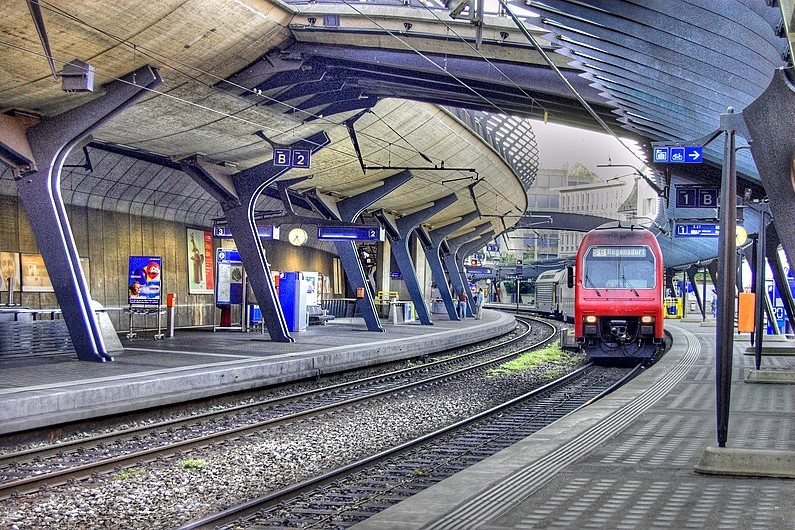
New life for rural and regional trains – The 21st century
They have been the focus of much attention since the 2000s. Since the 1980s, agreements have been negotiated in France with the regions, but with compulsory use of SNCF services. Elsewhere in Europe, regional entities have gradually become genuine Transport Organizing Authorities.
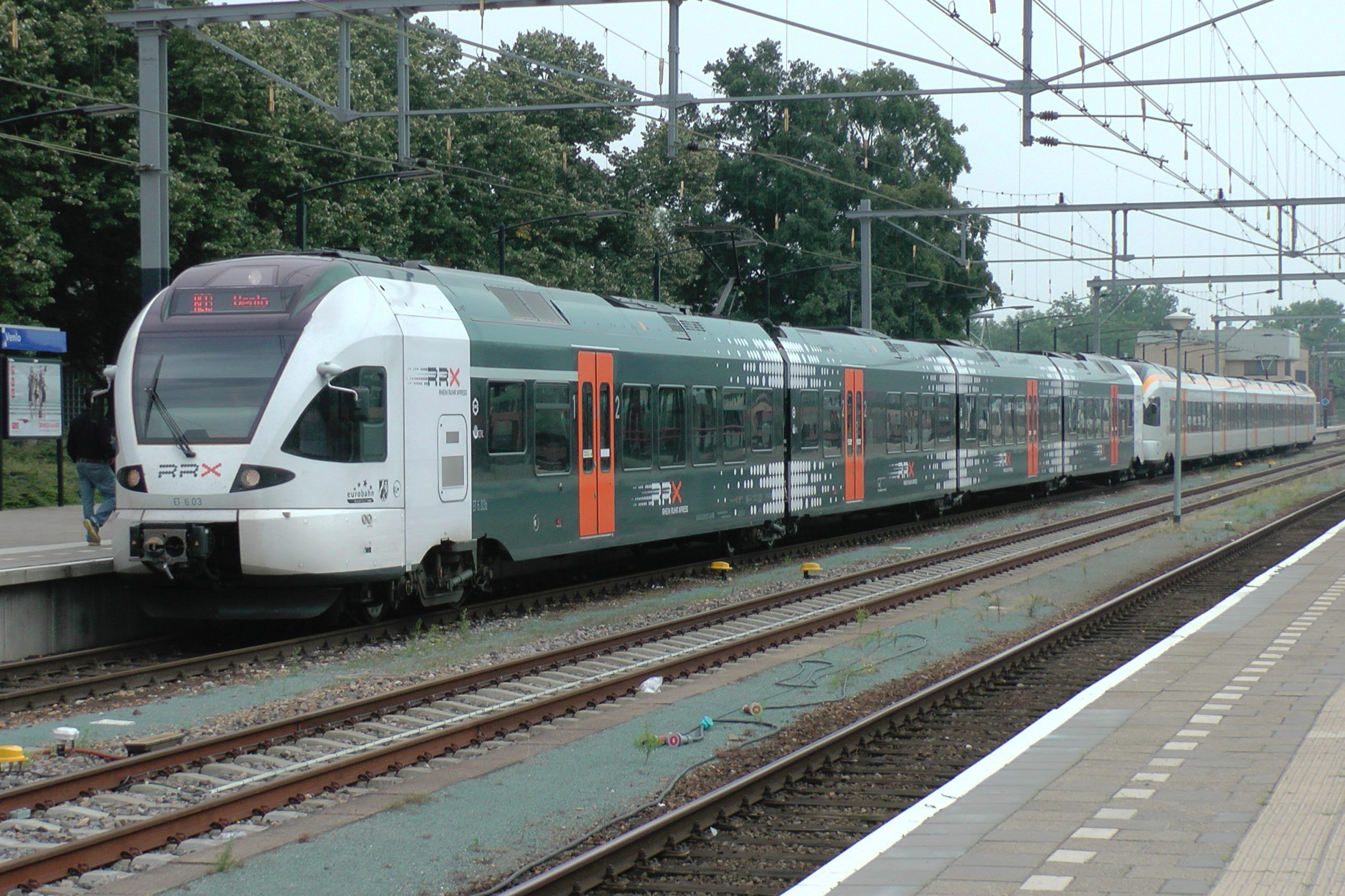

Some countries have moved up a gear by putting local rail services out to tender for 10 or 15 years, a concept that Europe would like to see mandatory after the 2020s. As a result, new rail companies have sprung up, and the industry has come up with ultra-modern rolling stock. Operations are becoming cheaper per train/kilometre, and ridership is on the rise on many small lines that ten years ago would have been closed. Most local services use electric railcars or diesel railcars. But there’s also a tram-train variant, which combines service to the city center with the suburbs. 🟧
[TOP]
Passenger train services • Lexical
